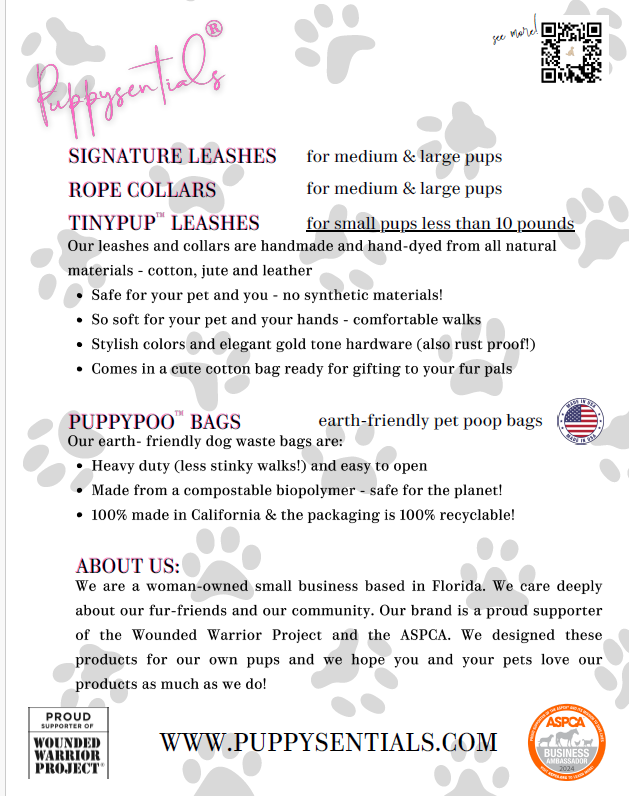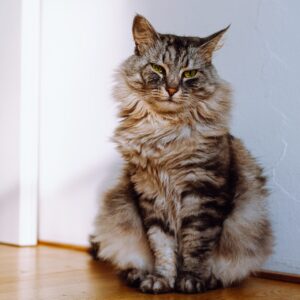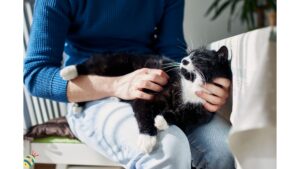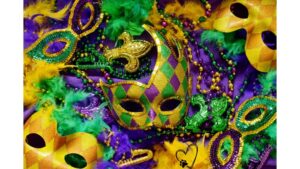Cats have captivated us with their mysterious allure and striking beauty, but have you ever paused to marvel at the incredible array of colors in their coats? From the deep blacks and pure whites to the intricate patterns and unique shades, cat coats are not just a feast for the eyes; they can also provide insights into genetics, breed specifics, and even health. Let’s dive into the fascinating world of feline fur and explore the different color variations that make each cat a masterpiece of nature.
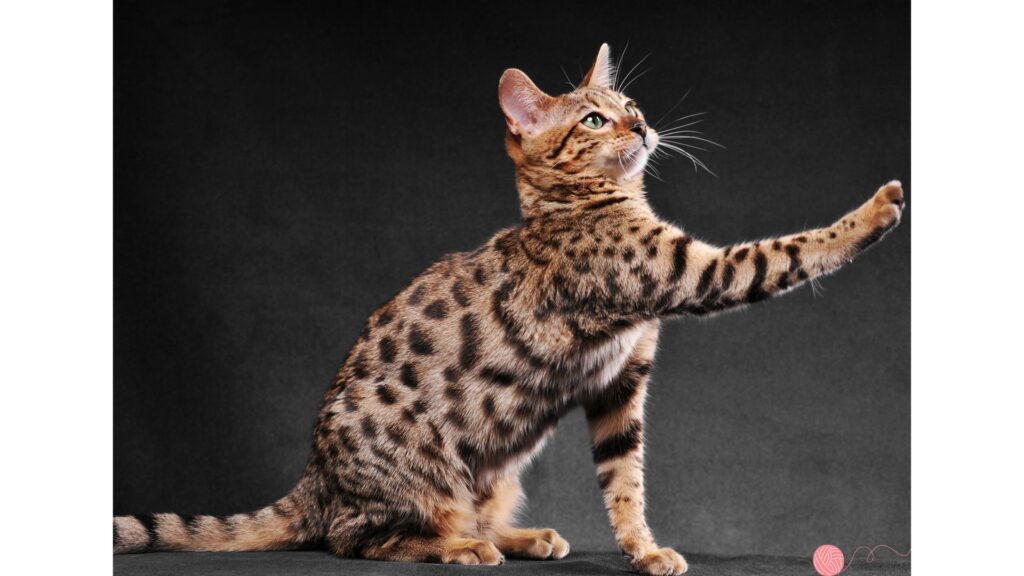
The Spectrum of Solids
Black Cats: Shadows Brought to Life
Black cats are the ninjas of the feline world, with coats that absorb light and give them a sleek, mysterious appearance. This fur color is a result of high melanin pigment content. Despite superstitions surrounding them, black cats are just as loving and deserve the same adoration as their lighter-colored counterparts.
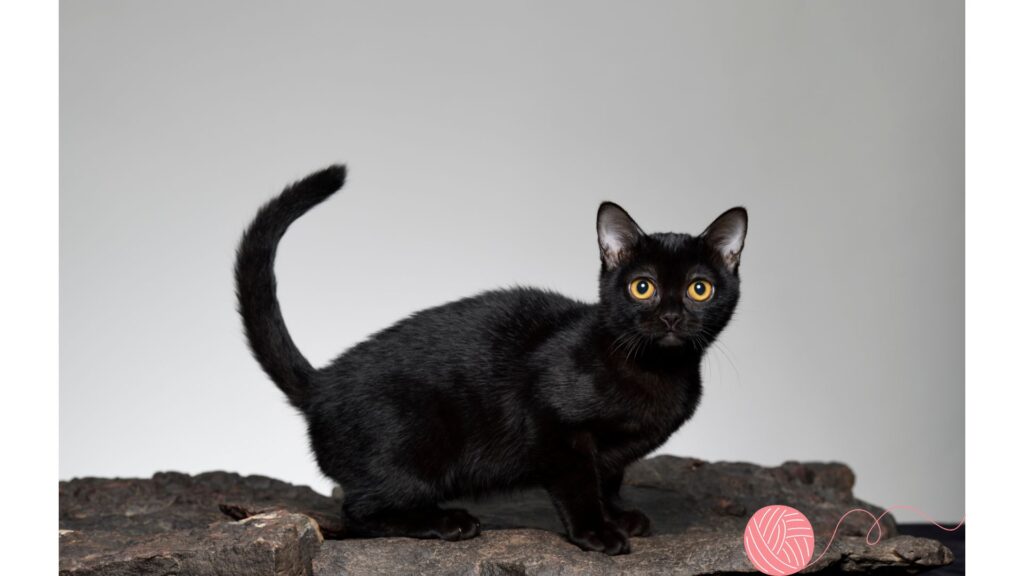
White Cats: Purity and Elegance
Completely white cats are a vision of sophistication. Their snowy fur is due to a lack of melanin. These cats often have blue or odd-colored eyes, which can unfortunately be linked to genetic deafness, particularly in breeds like the Turkish Angora and the Scottish Fold.
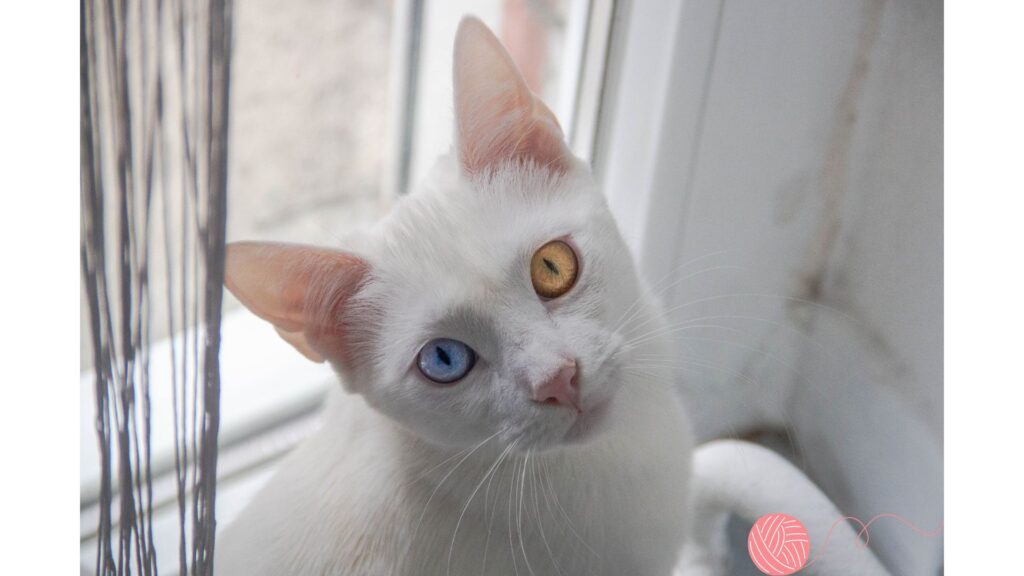
Red Cats: Fiery Companions
Also known as orange or ginger, these cats carry a warm, marmalade hue. The red color is due to the presence of the Orange gene (O). This color is more common in males due to the genetic factors linked to gender.
The Gray Area: Blue Cats
Gray cats, also referred to as blue, have a diluted version of the black coat. This beautiful coat color is often associated with breeds like the British Shorthair and the Russian Blue.
Patterns and Markings
Classic Tabby: Whirls on Fur
The classic tabby pattern is like a fingerprint, unique to each cat. It features swirling patterns that can create beautiful marbling on their coat.
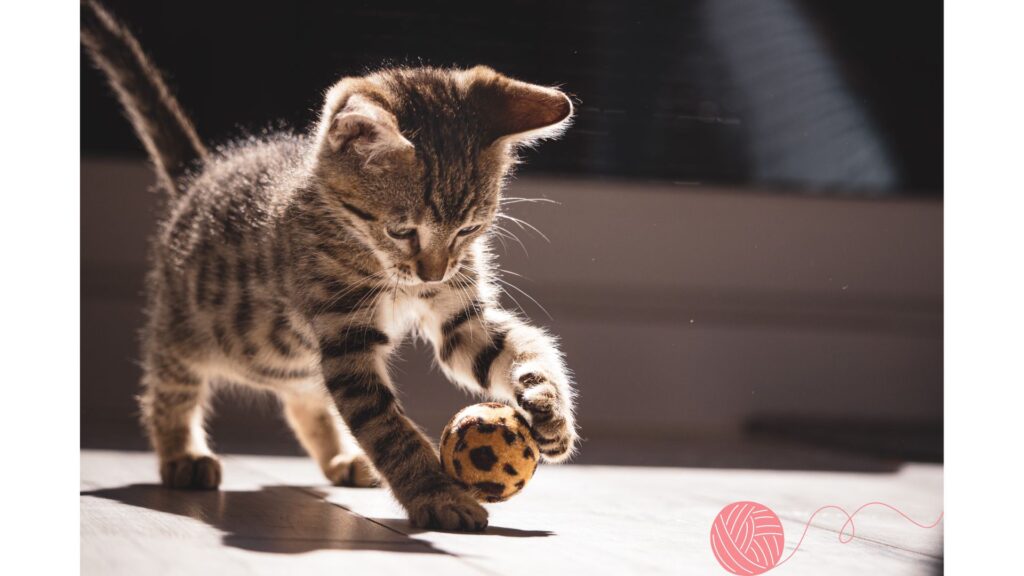
Mackerel Tabby: Striped and Splendid
This is what most people think of when they hear “tabby.” Mackerel tabby cats boast narrow stripes running in parallel down their sides, resembling a fish skeleton, which is how they got their name.
Spotted Tabby: Nature’s Polka Dots
Spotted tabbies have distinct round, oval, or rosette-shaped spots sprinkled across their coat. Some theories suggest that these spots may have evolved from the mackerel pattern.
Ticked Tabby: Flecked and Fabulous
Cats with ticked fur don’t have the traditional stripes or spots, but each individual hair is multicolored, giving the coat a sandy, flecked appearance. The Abyssinian is a breed famous for this fur pattern.
Tortoiseshell: The Mosaic Coat
Tortoiseshell cats, affectionately called “torties,” have a mix of black, red, orange, and sometimes cream throughout their fur. Each tortie has a unique pattern, and they are almost exclusively female due to the genetic combination.
Calico: Colorful Patchwork
Calico cats are like walking art pieces with their bold patches of black, orange, and white. These felines share the same genetic trait as torties with their colors and gender-specific traits.
Pointed Cats: Contrasting Extremities
Pointed cats have a lighter body with darker extremities; the face, paws, ears, and tail. This pattern is temperature-sensitive, with the cooler parts of the body being darker. Siamese cats are the most well-known pointed cats.
Health and Coat Colors
There is a profound connection between coat colors and feline health. For instance, white cats with blue eyes may be prone to deafness. Siamese cats, because of their specific genetic makeup, can sometimes suffer from various genetic disorders, including dental and respiratory issues.
The genetic diversity in cats is vast and intriguing, with each color and pattern telling a unique story about the lineage and life of the cat. From the ravishing red of a fiery tabby to the cool composure of a blue-tinged beauty, the variety in cat coat colors serves as a reminder of nature’s creativity.
As a cat lover or potential owner, understanding the genetics behind your cat’s coat can be as enlightening as it is fascinating. Whether you’re looking to adopt a strikingly patterned tabby or the sleek elegance of a solid-hued feline friend, remember that every color and pattern carries its own set of mysteries and charms, ready for you to discover.
Keep in mind that while coat colors and patterns can be mesmerizing, they don’t define a cat’s personality or their ability to be a loving pet. When adopting, consider the cat’s temperament and how well they will fit into your family.
Embrace the diversity of these beautiful creatures and let the world of cat colors inspire you. After all, every cat is unique, and their coat is just the beginning of getting to know their true colors!
